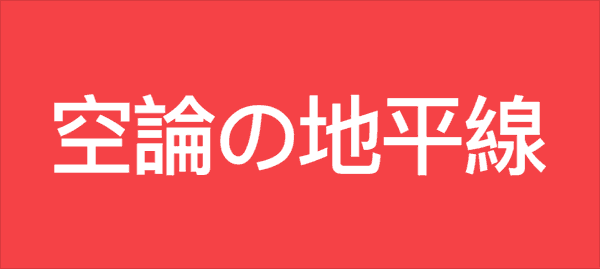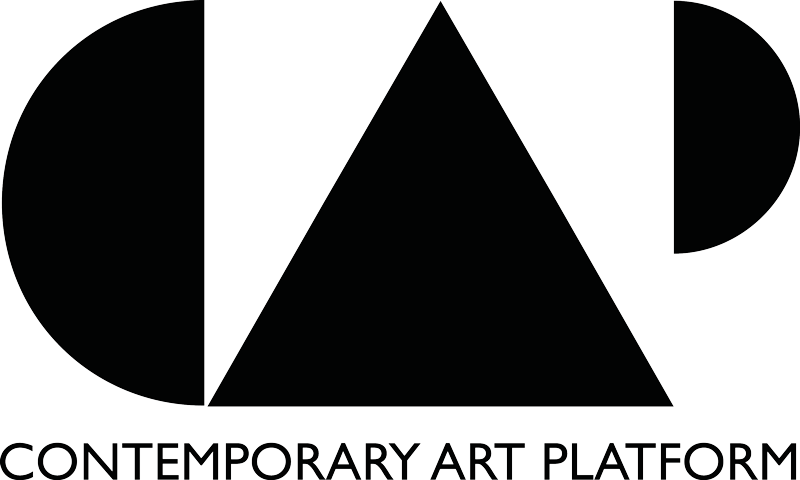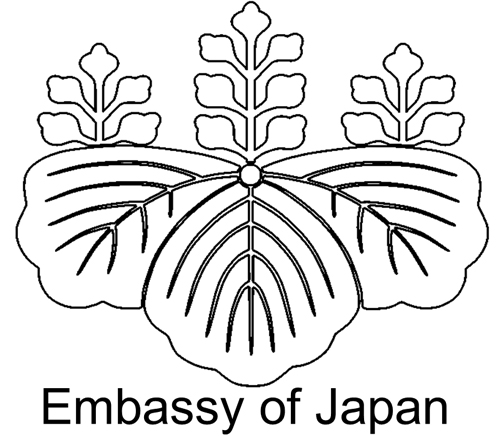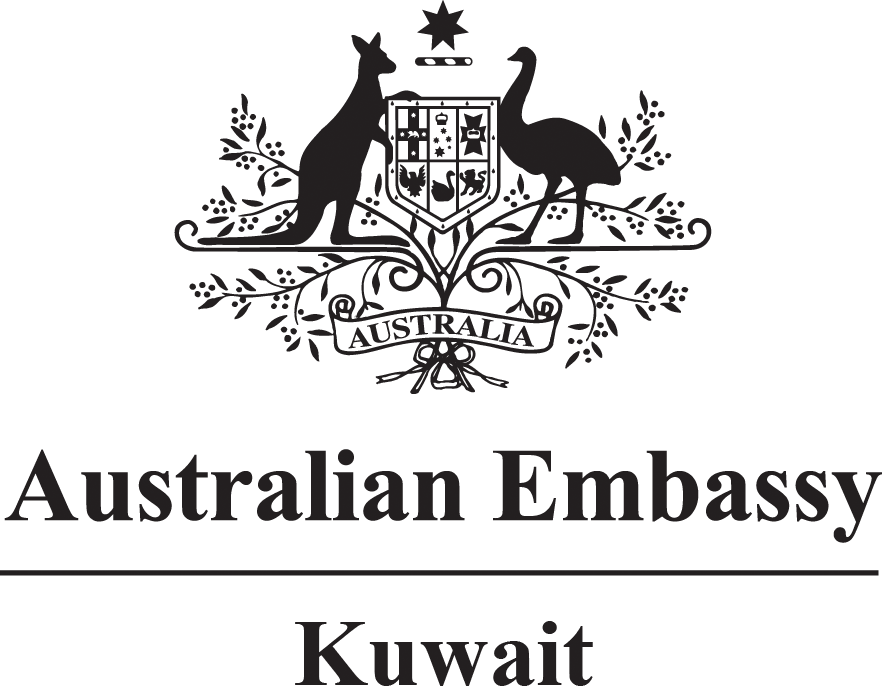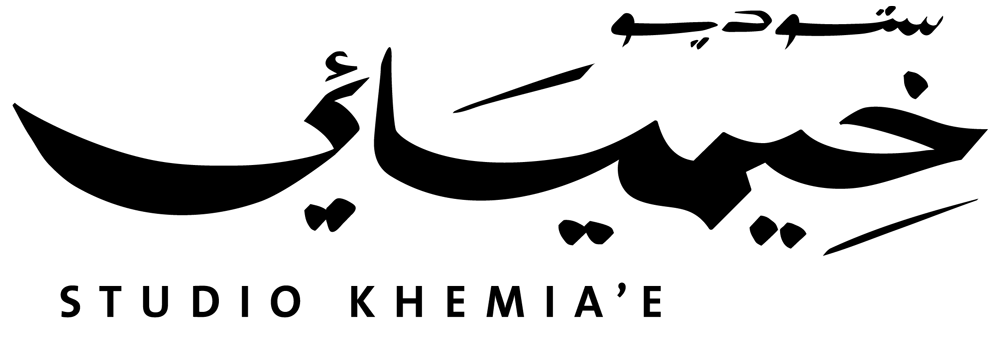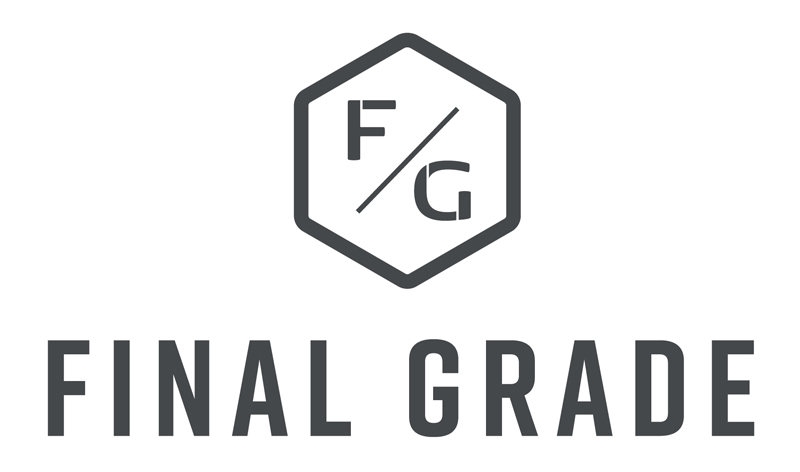Evasive Sanctuaries is an exhibition staged at Contemporary Art Platform, Kuwait, that explores physical and psychological spaces that have complex and multilayered significance, that are both remembered and imagined.
The exhibition expands further on the themes surveyed through Speculative Horizon’s initial events: ‘Land’ and ‘People’, and introduces the ‘Sea’. The four photographic projects presented will investigate how terraforming is enacted at vast and specific places: planetary exploration, the deep sea, a city after war and the demise of a dwelling. Each of these narratives is closely associated with Japan and told through the documented personal experiences of each visual storyteller.
The photographs exhibited are produced through a variety of digital and analogue photographic techniques that expand and experiment with the traditions of documentary photography.
The projects are intentional in their refusal to provide answers, instead posing questions that can be further explored by the viewer through speculative contemplation and further assisted through educational material/programs.
Curated by Stephanie Rose Wood and Dr Kristian Häggblom. Printed by Peter Hatzipavlis from Final Grade, Melbourne, Australia.
Hajime Kimura
Topophillia
Topophilia is a photographic reconstruction, telling the story of Fusayo Hirose and her experience of the WWII bombardment from above by the US forces and their allies during the Great Tokyo Air Raid in 1945. This is one part of an ongoing multidisciplinary project, titled The Bluebird Perch, which Kimura has been researching and working on since 2019. The photographs are primarily made whilst revisiting the neighbourhood and evacuation routes from the perspective of Fusayo. The project examines the memories that are retained and displaced, and are presented through photographic glimpses that document her birthplace and the neighbourhood in which she grew up, but cannot remember.
Hajime Kimura is a Japanese photographer born in 1982. Having studied architecture and anthropology at university, he began his photographic career in 2006. Kimura’s projects often culminate in photobook form. In 2019, the photo book Snowflakes Dog Man was published with CEIBA editions. Mišo Bukumirović was published as a handmade edition photo book with Reminders Photography Stronghold in 2020. Correspondence was co-published with (M) éditions and Ibasho gallery in 2022. Recently, Kimura has been developing photographic projects that question the authenticity and ambiguity of memory in Serbia and Japan.
Saad Alsharrah
Kaino E
Kaino E is a photographic documentary about the life of Kunihiko Kaino – a Japanese pearl diver that migrated from Taiji in Japan to Broome, Western Australia, after world war two. The work applies an intersubjective lens into the life of Kunhiko Kaino- from his birth to his life today – and across two geographies exploring themes of migration, cross-cultural dwellings, memories and the sense of place.
Kaino E stems from a long-form project called Burūmu no Rakuen (Paradise in Broome) – a photo-documentary that explores the interwoven connections between Kuwait, Japan and Australia that are linked by the quest for pearls. The extended project is approached through multi-modal documentary methodologies that aim to depict the complex histories, cross-cultural livelihoods and connected aspirations.
The work blends the artist’s photographs with archival images to tell the story of pearl diving through collaborative personal perspectives. The first book, presented in this exhibition, honours the life of Kaino Kunihiko.
Saad Alsharrah is a Kuwaiti researcher and documentary photographer based in Melbourne, Australia. His work explores the unseen cross-cultural livelihoods within complex histories using long-form documentary methods.
Sean Lotman
Spaceman, Lost Your Way
Spaceman, Lost Your Way is a conceptualised photographic narrative that visualises an extraterrestrial journey. It imagines a ship crash-landing in a remote lake region and journey’s with the survivor as they traverse through a planet similar to our Earth, with familiar terrain: water, trees and rocks. The traveller encounters tragically desolate landscapes and sensational skies of mystical colour, hinting at a post-apocalyptic environment.
The project stems from our collective anxiety regarding climate change and is aesthetically inspired by a longtime love of classic science fiction narrative. It poses the question: is the spacemen traveller intentionally visiting a post-apocalyptic Earth ruined by desertification or have they lost their way?
A native of Los Angeles, Sean Lotman draws his inspiration from narrative fiction as well as cinema, his palette striving for the unreal colors seen in Technicolor films from the 1940s and 1950s. He creates the special, somewhat surrealist atmosphere in his work through liberal color experimentation and an unorthodox dodge-and-burn technique in his darkroom. While printing his images, he is searching for a subjective feeling more akin to reverie rather than reality.
Moe Suzuki
Today’s Island dismantling
Today’s Island is the area around Kyojima 3-chome, Sumida-ku, located in the east end of Tokyo and named by the artist. ‘Kyojima’ is a homonym for ‘today’ (Kyo) , and ‘Island’ (Jima). The area miraculously survived the Tokyo Air Raid during the Second World War and once became the most densely populated area in Tokyo in the post-war era. In recent years, old buildings have been demolished and roads expanded due to disaster prevention urban planning and increasingly active property sales in the post-COVID lock-down.
Moe Suzuki was born in Tokyo and studied photography at London College of Communication, University of the Arts London. Upon returning to Tokyo after the Great Eastern Earthquake in 2011, Moe self-taught bookbinding skills and has since made numerous personal projects into hand-bound art books. Her primary medium is photography, which is mixed with archival images, illustrations, research, and video.
She engages in visual expression on the subject of memories and landscapes that are transformed along the passage of time, changes in environment, development, disability, and relationships within the community.
Moe is the co-founder of the publishing house “Three Books” with the photographer Akihito Yoshida.
Evasive Sanctuaries is an exhibition staged at Contemporary Art Platform, Kuwait, that explores physical and psychological spaces that have complex and multilayered significance, that are both remembered and imagined.
The exhibition expands further on the themes surveyed through Speculative Horizon’s initial event: ‘Land’ and ‘People’ and introduces the ‘Sea’. The four photographic projects presented will investigate how terraforming is enacted at vast and specific places: planetary exploration, the deep sea, a city after war and the demise of a dwelling. Each of these narratives is closely associated with Japan and told through the documented personal experiences of each visual storyteller.
The photographs exhibited are produced through a variety of digital and analogue photographic techniques that expand and experiment with the traditions of documentary photography.
The projects are intentional in their refusal to provide answers, instead posing questions that can be further explored by the viewer through speculative contemplation and further assisted through educational material/programs.
Curated by Stephanie Rose Wood and Dr Kristian Häggblom. Printed by Peter Hatzipavlis from Final Grade, Melbourne, Australia.
Hajime Kimura
Topophillia
Topophilia is a photographic reconstruction, telling the story of Fusayo Hirose and her experience of the WWII bombardment from above by the US forces and their allies during the Great Tokyo Air Raid in 1945. This is one part of an ongoing multidisciplinary project, titled The Bluebird Perch, which Kimura has been researching and working on since 2019. The photographs are primarily made whilst revisiting the neighbourhood and evacuation routes from the perspective of Fusayo. The project examines the memories that are retained and displaced, and are presented through photographic glimpses that document her birthplace and the neighbourhood in which she grew up, but cannot remember.
Hajime Kimura is a Japanese photographer born in 1982. Having studied architecture and anthropology at university, he began his photographic career in 2006. Kimura’s projects often culminate in photobook form. In 2019, the photo book Snowflakes Dog Man was published with CEIBA editions. Mišo Bukumirović was published as a handmade edition photo book with Reminders Photography Stronghold in 2020. Correspondence was co-published with (M) éditions and Ibasho gallery in 2022. Recently, Kimura has been developing photographic projects that question the authenticity and ambiguity of memory in Serbia and Japan.

Saad Alsharrah
Kaino E
Kaino E is a photographic documentary about the life of Kunihiko Kaino – a Japanese pearl diver that migrated from Taiji in Japan to Broome, Western Australia, after world war two. The work applies an intersubjective lens into the life of Kunhiko Kaino- from his birth to his life today – and across two geographies exploring themes of migration, cross-cultural dwellings, memories and the sense of place.
Kaino E stems from a long-form project called Burūmu no Rakuen (Paradise in Broome) – a photo-documentary that explores the interwoven connections between Kuwait, Japan and Australia that are linked by the quest for pearls. The extended project is approached through multi-modal documentary methodologies that aim to depict the complex histories, cross-cultural livelihoods and connected aspirations.
The work blends the artist’s photographs with archival images to tell the story of pearl diving through collaborative personal perspectives. The first book, presented in this exhibition, honours the life of Kaino Kunihiko.
Saad Alsharrah is a Kuwaiti researcher and documentary photographer based in Melbourne, Australia. His work explores the unseen cross-cultural livelihoods within complex histories using long-form documentary methods.

Sean Lotman
Spaceman, Lost Your Way
Spaceman, Lost Your Way is a conceptualised photographic narrative that visualises an extraterrestrial journey. It imagines a ship crash-landing in a remote lake region and journey’s with the survivor as they traverse through a planet similar to our Earth, with familiar terrain: water, trees and rocks. The traveller encounters tragically desolate landscapes and sensational skies of mystical colour, hinting at a post-apocalyptic environment.
The project stems from our collective anxiety regarding climate change and is aesthetically inspired by a longtime love of classic science fiction narrative. It poses the question: is the spacemen traveller intentionally visiting a post-apocalyptic Earth ruined by desertification or have they lost their way?
A native of Los Angeles, Sean Lotman draws his inspiration from narrative fiction as well as cinema, his palette striving for the unreal colors seen in Technicolor films from the 1940s and 1950s. He creates the special, somewhat surrealist atmosphere in his work through liberal color experimentation and an unorthodox dodge-and-burn technique in his darkroom. While printing his images, he is searching for a subjective feeling more akin to reverie rather than reality.

Moe Suzuki
Today’s Island dismantling
Today’s Island is the area around Kyojima 3-chome, Sumida-ku, located in the east end of Tokyo and named by the artist. ‘Kyojima’ is a homonym for ‘today’ (Kyo) , and ‘Island’ (Jima). The area miraculously survived the Tokyo Air Raid during the Second World War and once became the most densely populated area in Tokyo in the post-war era. In recent years, old buildings have been demolished and roads expanded due to disaster prevention urban planning and increasingly active property sales in the post-COVID lock-down.
Moe Suzuki was born in Tokyo and studied photography at London College of Communication, University of the Arts London. Upon returning to Tokyo after the Great Eastern Earthquake in 2011, Moe self-taught bookbinding skills and has since made numerous personal projects into hand-bound art books. Her primary medium is photography, which is mixed with archival images, illustrations, research, and video.
She engages in visual expression on the subject of memories and landscapes that are transformed along the passage of time, changes in environment, development, disability, and relationships within the community.
Moe is the co-founder of the publishing house “Three Books” with the photographer Akihito Yoshida.

